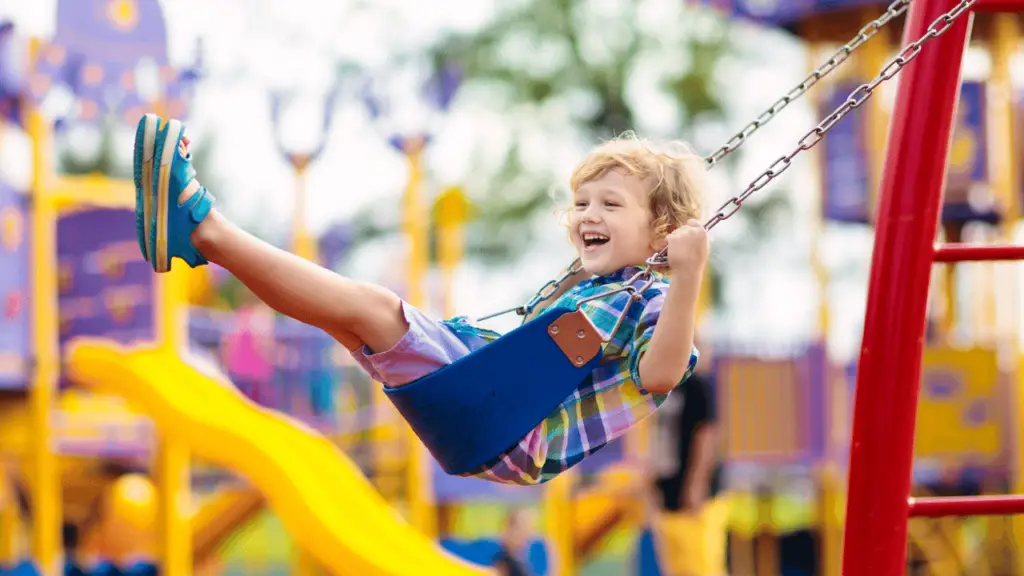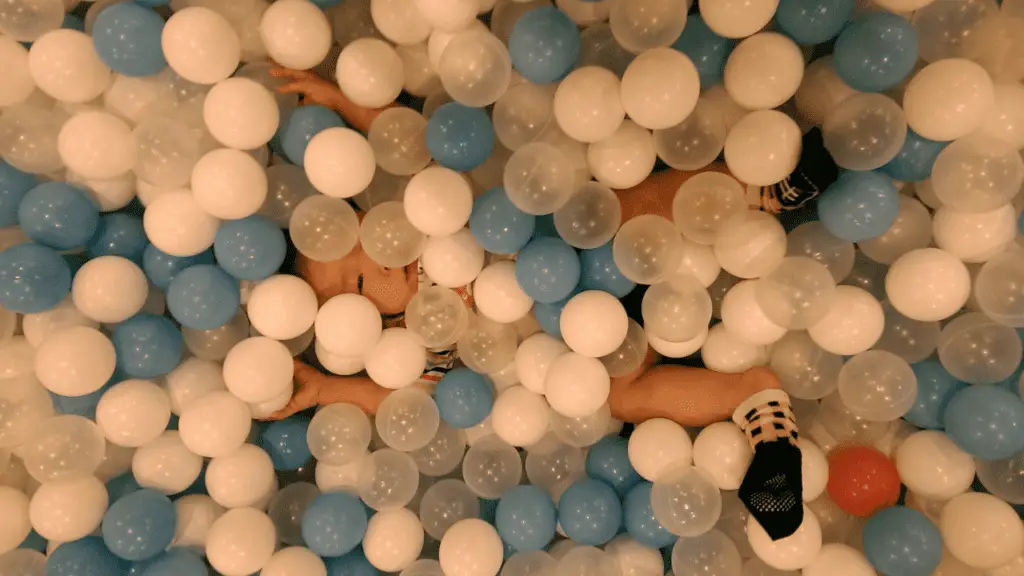What are the developmental milestones during the toddler years?
Every toddler’s journey is a blend of giggles, first steps, babbling conversations, and boundless curiosity. As these little humans transition from infancy, they exhibit a myriad of developmental changes, leaving parents in awe and sometimes in bouts of worry. Understanding these toddlers developmental milestones offers a clearer lens through which we can appreciate, nurture, and sometimes intervene in their growth.
Defining Developmental Milestones
In the world of pediatric development, milestones are akin to developmental markers. Think of them as road signs that guide you along the journey of childhood, indicating if a child is progressing in the right direction. They encompass several domains: physical prowess, cognitive capacities, language skills, and socio-emotional development.
Physical Milestones: More than Just Baby Steps
Gross Motor Skills:
12–18 months: It’s a thrill to witness a baby take their first independent steps, transitioning them into toddlerhood. Climbing up furniture, standing without support, and the first attempt at running usually manifest during these months.
18–24 months: The age of dynamic exploration! Running becomes steadier, kicking a ball without falling becomes a fun game and stairs? They become a toddler’s mini-mountain, which they are eager to climb, albeit with some assistance.
2-3 years: Say hello to little jumpers! Whether it’s on the bed or the floor, jumping becomes a newfound joy. Riding tricycles, standing briefly on one foot, or even walking backward are all part of this year’s motor portfolio.
Fine Motor Skills:
12–18 months: Hand-eye coordination starts to shine. Perfecting the pincer grasp to pick up tiny objects or scribbling aimlessly on paper have become common activities.
18–24 months: Building, albeit a bit wobbly, block towers or turning one page at a time in their favorite picture book can be expected.
2-3 years: Drawing circles, attempting to wear some clothes independently, and manipulating small objects become possible, setting the stage for more intricate tasks in the coming years.
Cognitive Milestones: The Evolving Thinkers
12–18 months: The magic of object permanence is realized. Toddlers start to grasp that even if they can’t see an item, it hasn’t vanished from existence. Their problem-solving skills also begin to emerge.
18–24 months: The imaginative realms open up. Pretend play, sorting objects by shape, or even starting to understand the order of routines manifests in their daily activities.
2-3 years: Their spatial understanding deepens as they start to navigate puzzles or sort objects based on size. Concepts like “tomorrow” or “yesterday” begin to make sense, albeit still a bit fuzzy.
Language Development: The Joy of Chatter
12–18 months: From mama and dada to a repertoire of around 20 words by 18 months, it’s an era of rapid linguistic expansion. Simple gestures often accompany their verbal expressions.
18–24 months: A vocabulary explosion! It’s not unusual to see the word bank expand to 200 or more. Two-word mini-sentences have become their communication staple.
2-3 years: sentences get longer, clearer, and more complex. They’ll narrate and ask a barrage of questions, and you’ll notice a budding grammar enthusiast.
Social and Emotional Milestones: The Heart and Soul of Growth
12–18 months: Attachment and wariness go hand in hand. While they might cling to familiar adults, strangers might be met with teary eyes. Peek-a-boo might just become your tool to teach object permanence.
18–24 months: The notorious “terrible twos” are not about tantrums alone. It’s a phase where they assert their independence, showcase strong will, and begin parallel play, playing alongside peers rather than with them.
2-3 years: A budding social butterfly emerges. Cooperative play becomes a joy, sharing becomes a learned skill, and they start expressing a wide range of emotions with more vigor.
The Bigger Picture
Milestones act as a general framework, but it’s essential to understand every child’s uniqueness. Variations are not just normal but also expected. What’s vital is the environment we cultivate: one filled with stimulation, warmth, understanding, and patience.
A supportive atmosphere, rich in experiences and love, is key to ensuring that potential delays are addressed and strengths are nurtured. Collaboration with pediatricians and child development professionals can offer additional insights and peace of mind.
For Further assistance on this topic, Visit the Bright Future Developmental Milestones Checklist For Toddlers
In Conclusion
The world of toddlers is whimsical, filled with wonders and first-time experiences. As caregivers and witnesses to their journey, understanding these milestones allows us to be their most ardent cheerleaders, supporting and celebrating every leap and bond. Dive deep, embrace each moment, and remember that the journey is as unique as the child’s.
Read Also: “Welcome To The TeddyCounty: For those Parents who care for their toddlers“


